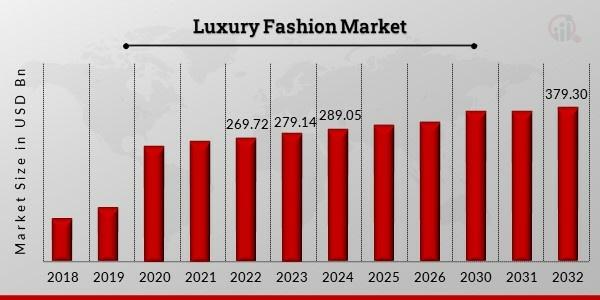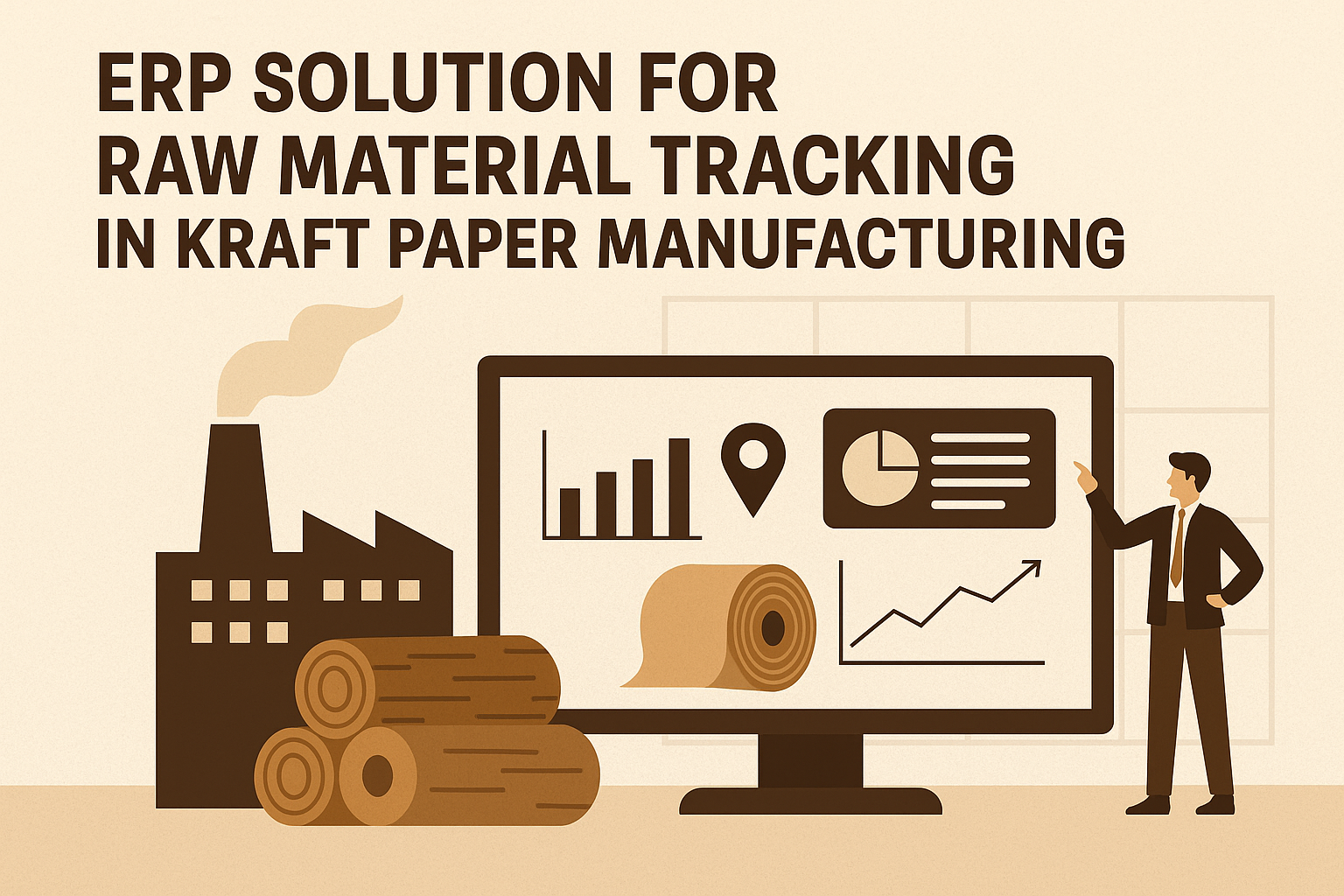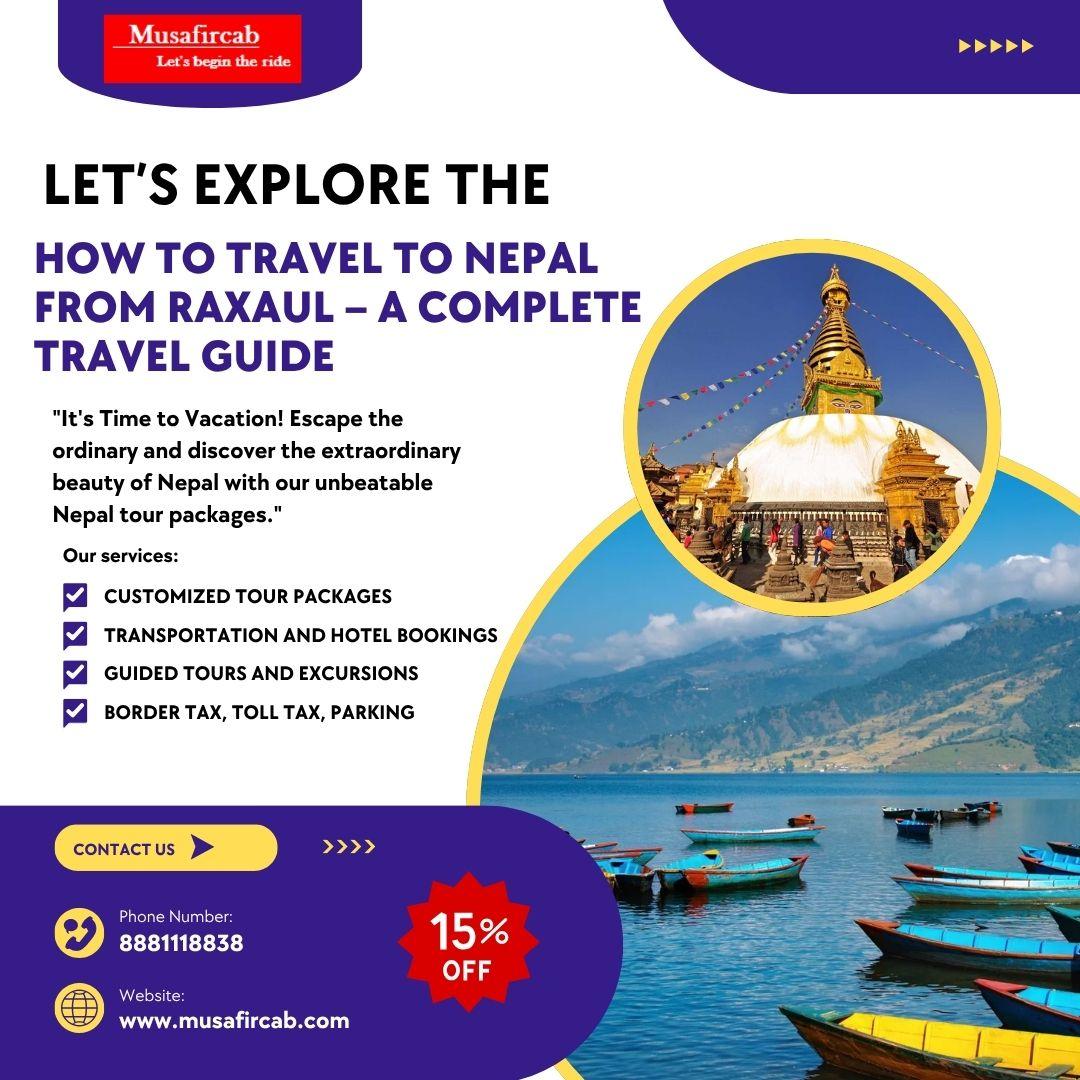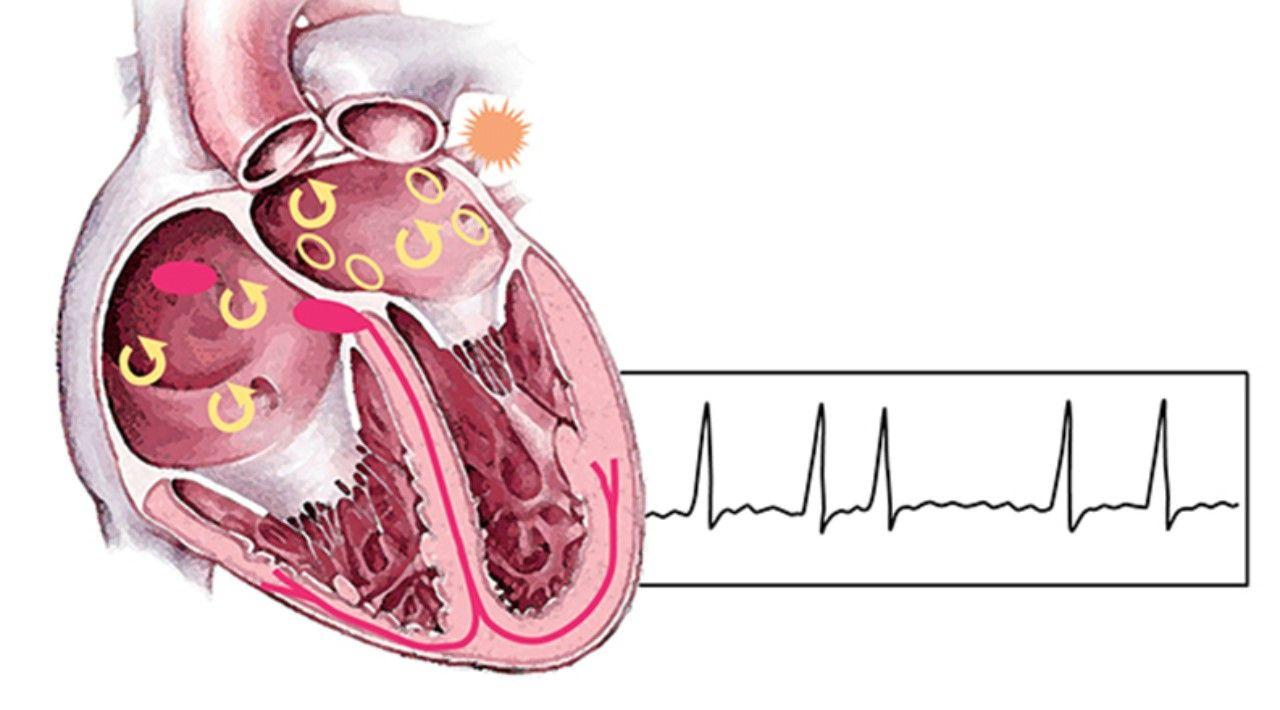Sustainable Glamour: Circularity in the Luxury Fashion Market

The Luxury Fashion Market is navigating a pivotal era in which craftsmanship, brand storytelling, and channel innovation converge to redefine how value is created and captured. At the core of this momentum is designer apparel, a category that bridges runway creativity with commercial relevance across retail, e-commerce, and experiential touchpoints. As luxury consumers seek pieces that signal discernment rather than excess, labels are doubling down on cut, fabric integrity, and impeccable finishing to justify premium pricing and long-term wear.
Product architecture is evolving around seasonless capsules, modular tailoring, and adaptable silhouettes that perform from day to evening. Material science supports this shift: compact wools, regenerated cellulosics, and silk blends offer drape, recovery, and durability without compromising tactile appeal. Quiet branding—tone-on-tone monograms, signature stitches, and archival hardware—replaces overt logos in many markets, aligning with a refined aesthetic that photographs elegantly but wears even better in real life.
Commercial strategy is equally considered. Assortment planning balances statement runway looks with perennial “icons” that anchor margin and reduce volatility. Limited re-editions of heritage styles cultivate scarcity without design fatigue, while made-to-order and customization services create intimacy and reduce inventory risk. On the digital front, immersive lookbooks, fit-guided video, and AI-powered styling increase confidence and lower returns, yielding cleaner economics.
Sustainability is now a baseline expectation. Traceable fibers, living-wage commitments, and repair programs preserve garments in circulation and strengthen trust. Packaging is light-weighted and recyclable; care guidance educates clients on longevity. In-store, tailoring ateliers, bespoke appointments, and archival showcases transform visits into memorable rituals, activating loyalty beyond single purchases.
Geographically, demand is diversified. North America and Western Europe lead in full-price ready-to-wear, while select APAC hubs over-index in exclusive capsules and limited allocations. Travel retail’s measured recovery adds halo effects, but domestic flagships and clienteling remain the main engines of frequency. Net result: when design integrity meets disciplined execution, designer apparel acts as a stabilizer and a storyteller—powering growth, safeguarding brand equity, and setting the tone for the house at large.






